The rust-colored barrier soars into the cloudless blue sky, a solid and almost impassable marker of the border between Mexico and the United States. But then it stops, when the rough, hilly terrain becomes a mountain, or a large boulder blocks the way.
These are the spots well known by human smugglers, who bring migrants in vans, show them the gaps, tell them to head north and to call 911 if they can’t find US Border Patrol officers to hand themselves in.
A few months ago, sometimes hundreds of people would come through every day, ending up in the backyards of Americans living near San Diego, who could do little but point the way onwards.
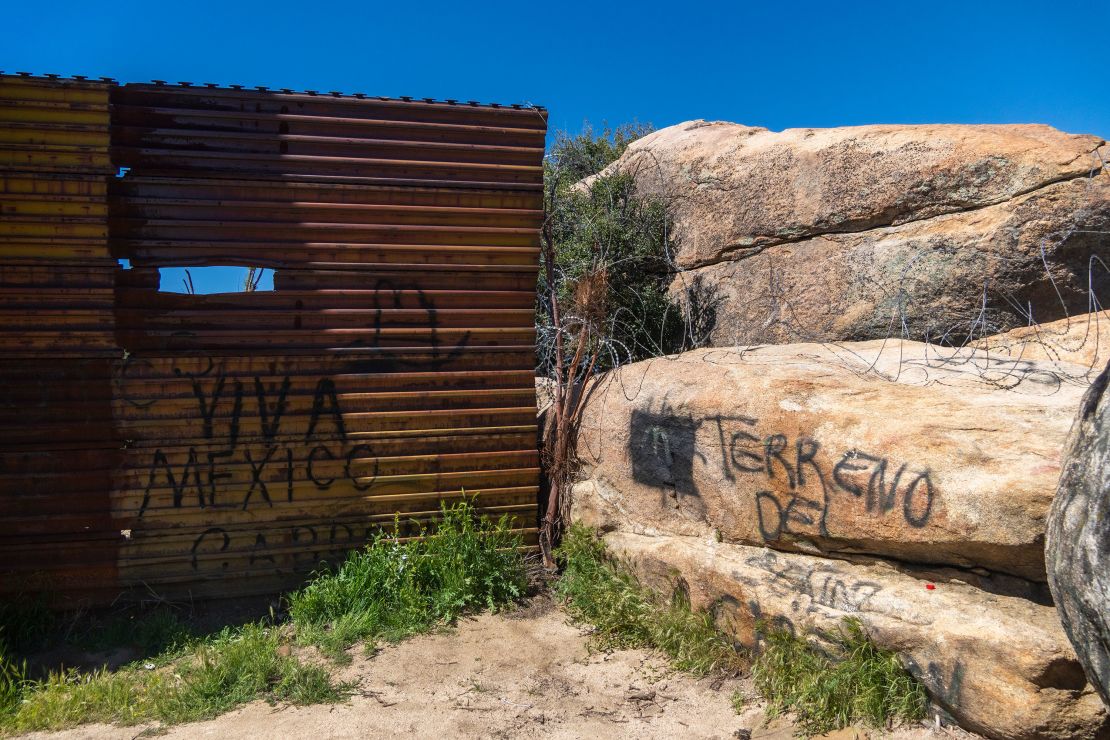
But now there are patrols from the Mexican Army and National Guard along with immigration officers, looking to stop the migrants from reaching the US.
It’s having an impact, according to David Pérez Tejada, of Mexico’s Migration National Institute, the government unit that regulates entry and exit to the country. “What we have seen is a drop down from what we were seeing in December or January, where we had figures of 1,600 per day of irregular crossings. Right now, we are probably half of those figures, like 800, 900,” he said.
With both the US and Mexico having presidential elections this year, and with immigration and security high on the list of concerns for both populations, this apparent turnaround could become touted as progress by either administration. And any uptick could be seized upon by opponents.
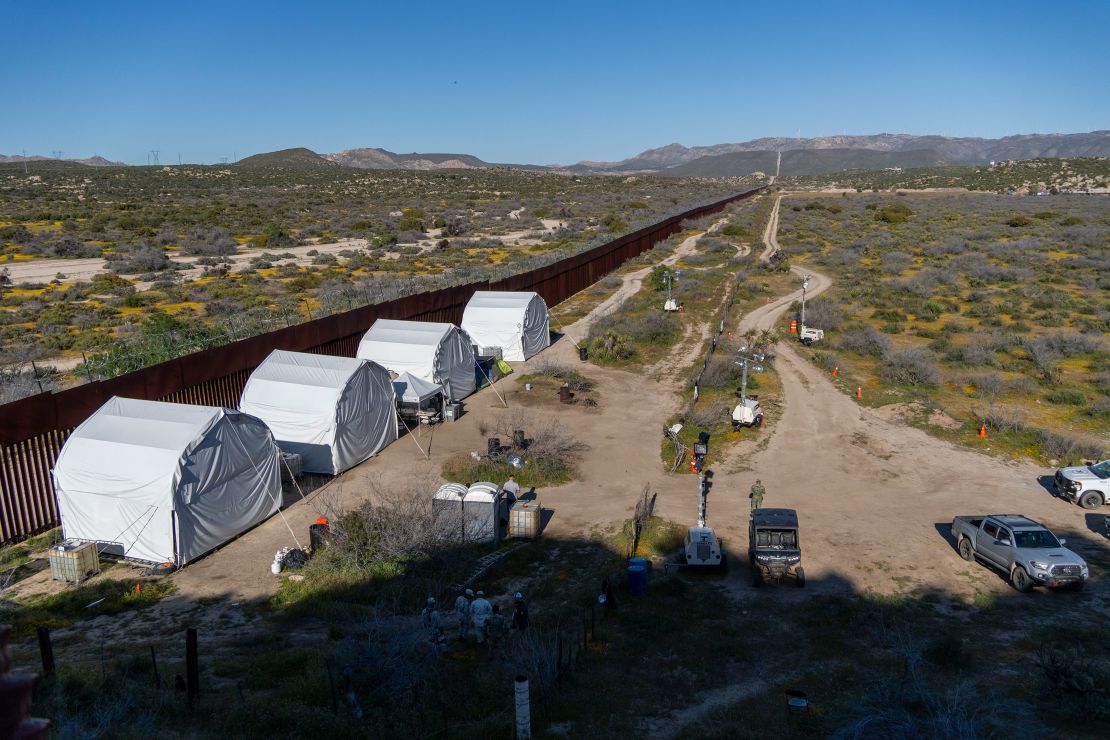
Striking differences
Increased patrols are visible on the Mexican side of the border wall both in urban, congested areas of Tijuana, and inland, amid the scrub and boulders of Ejido Jacumé.
When officers on the Baja California side come across migrants, they take them into custody, referring to the apprehensions as “rescues.”
But whereas on the US California side, the travelers are willing, even happy, to run toward border agents – often so they can start asylum proceedings – here it is a different story.
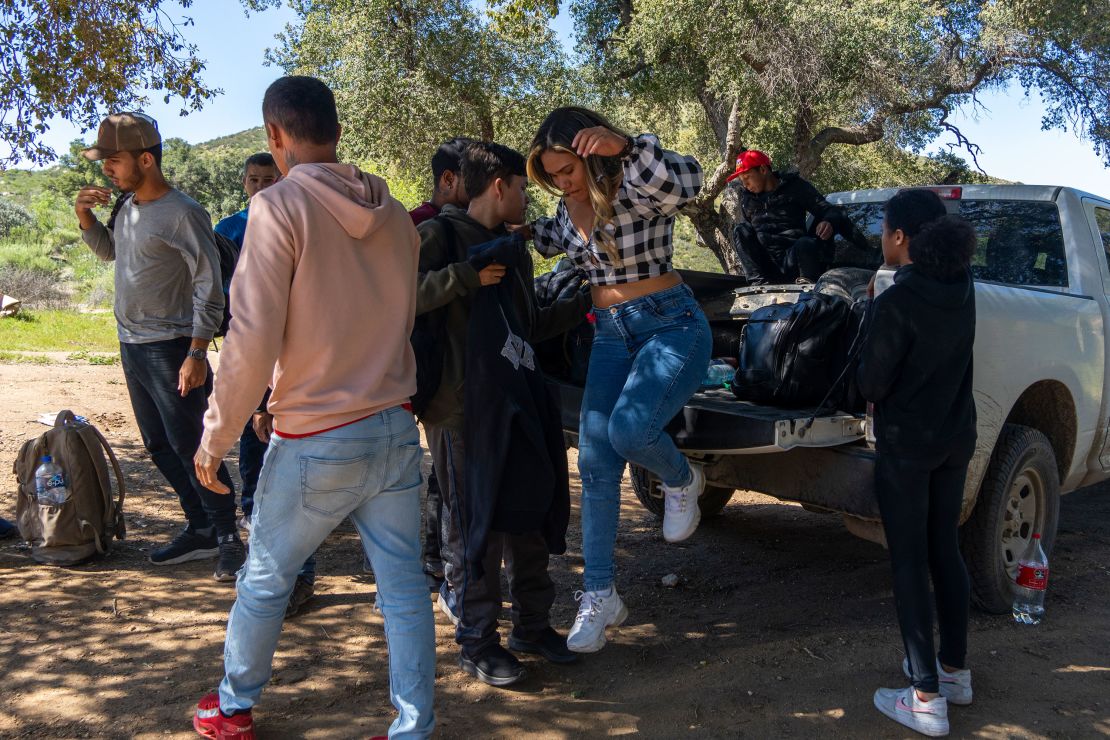
The migrants do not want to encounter the Mexican authorities as they will be taken to Tijuana, and then hundreds of miles further to Mexico’s southern border to be processed for deportation, if they have no right to be in the country.
CNN witnessed the detention of mostly men, with some women and children, from Brazil and Guatemala this week, near one of the border wall gaps close to Ejido Jacumé. One migrant told us he’d had to surrender to the Mexican authorities before he even got a chance to try to cross into the US.
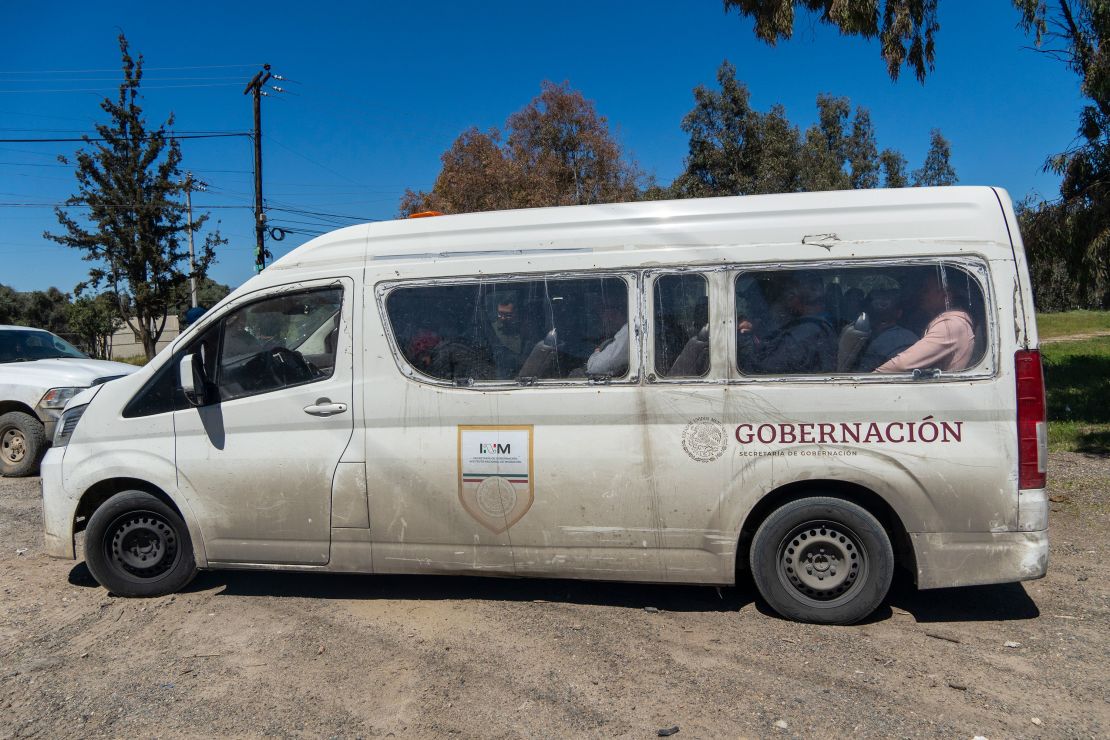
An officer holds the phones and passports of the travelers, keeping them secure as their owners climb into a van to take them to the city.
Camps of large white tents, portable toilets and wash stations have been set up nearby so patrols can rest on their 72-hour rotations through the desert.
“We need to block where they have free space to come into the US,” Pérez Tejada said.
Locations are picked taking note of the constant cross-border communication.?Local and federal officials in the Mexican state of Baja California and US Customs and Border Protection (CBP) are in chat groups with each other, texting back and forth about damage to the wall or sightings of migrants.
A sign of this is how fresh holes cut through fences in Tijuana are now covered by even fresher patches, and watched over by a guardsman.
Spikes and lookouts
The gangs who funnel the migrants to the easier crossing points have changed their tactics too.
Spikes have been thrown onto the dusty dirt roads that are the only way to access the border territory here, threatening to puncture tires and cause problems for the authorities.
Pérez Tejada says there are also lookouts all around, waiting to signal when the patrols have moved on and the coast is clear. It’s a fluid situation on both sides, he said.
“We redefine the strategy week by week as we see the numbers, the figures, as we exchange information with the US authorities. And with that we determine, what is the strategy,” he said.
“But it becomes a game, like cat and mouse.”
Mexico wants to secure its borders, he said. “Also, this is a strategy against the criminal groups because we want to prevent migrants getting in touch with the criminal groups … We don’t want them to cross into these areas that are very dangerous, because there’s people that die in the intention to cross.”
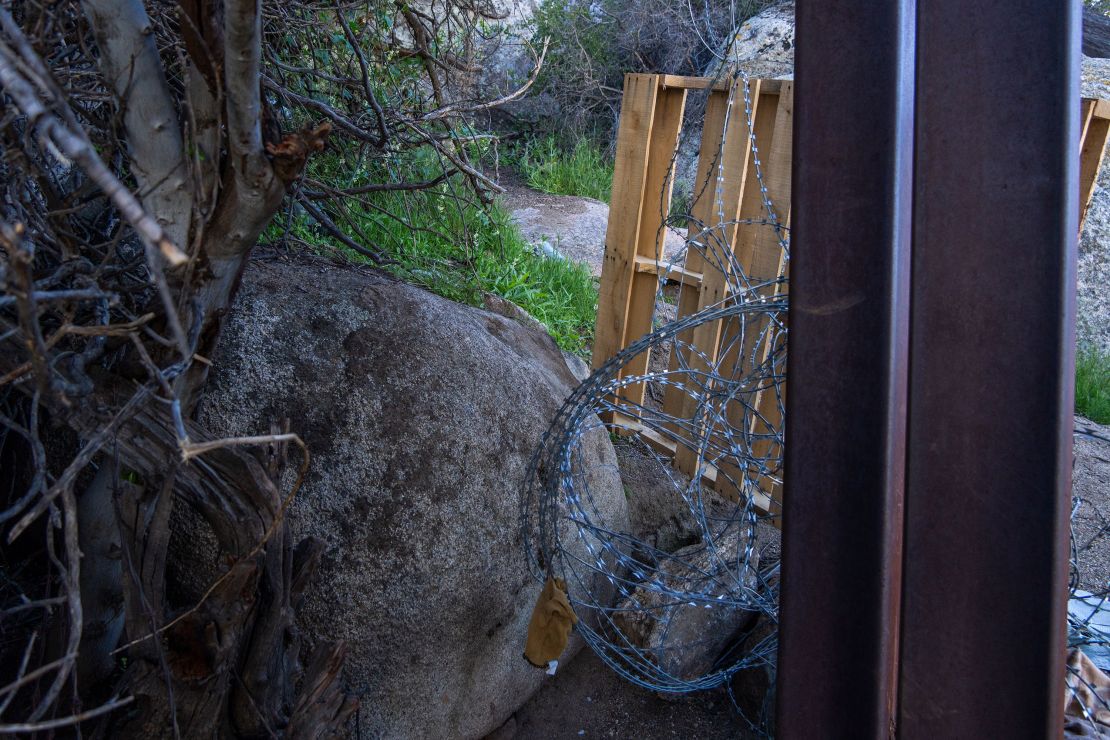
Pressure from Washington and Mexico City
The desert camps and constant patrols came after US President Joe Biden urged Mexican President Andres Manuel Lopez Obrador to take action last December. The two agreed that “additional enforcement actions are urgently needed,” according to National Security Council spokesman John Kirby, giving a readout of a call between the two leaders.
Secretary of State Antony Blinken, White House Homeland Security adviser Liz Sherwood-Randall and Secretary of Homeland Security Alejandro Majorkas then met with senior officials in Mexico City to address the migrant challenge.

Any solution will have to involve both federal governments, Mexican migration official Pérez Tejada said.
“This is an issue that has to be discussed between the US and Mexico – that’s the solution,” he said. “It has to be an in-depth, serious solution between both Congresses to determine what is going to be the real reform that we need.”
David Culver's reporting on the migrant crisis
- Border officers take to sea and sky
- Migrants enter US through homeowner’s backyard
- ‘Many dead:’ Young children talk of their journey towards the US
- Video shows what it’s like for migrants crossing river
- Watch families duck around a migration checkpoint
- Riding the ‘train of death’
- How an underground industry helps Chinese migrants reach the US border
For now, the Mexican authorities are trying to encourage asylum seekers to use the US government’s CBP One app. There they can get an appointment for an asylum interview that can then allow them into the US legally for processing.
Grupo Beta, a government agency that offers aid to migrants, says it now prescreens up to 500 people with asylum claims every day, ensuring they have confirmed appointments and the necessary documents, reducing pressure on the US side.
Some families are either unwilling or unable to pay smugglers and choose to wait for a CBP appointment. Others want to get to the US as quickly as they can.
Immigration experts have pointed to?increasing violence in parts of Mexico?driving people north, and?criticized?the CBP app for forcing people seeking asylum to wait in dangerous and overcrowded conditions.
And still men, women and children cut into the US without permission. We saw a large crowd of newly crossed travelers walking on the US side. Officials say they were probably dropped off by smugglers in a more affluent neighborhood away from the guards and given ladders to scale the wall.
The average time for such an entry, depending a little on the group size, the officials said, is now just 1 minute and 20 seconds.
?CNN’s Priscilla Alvarez contributed to this story.

